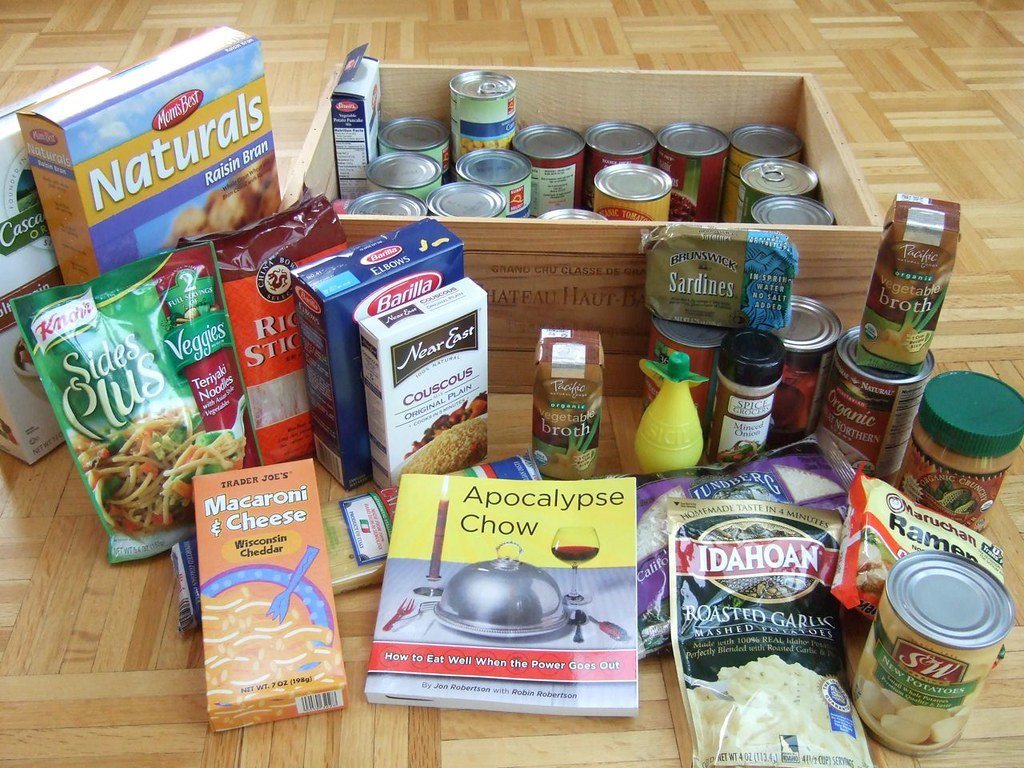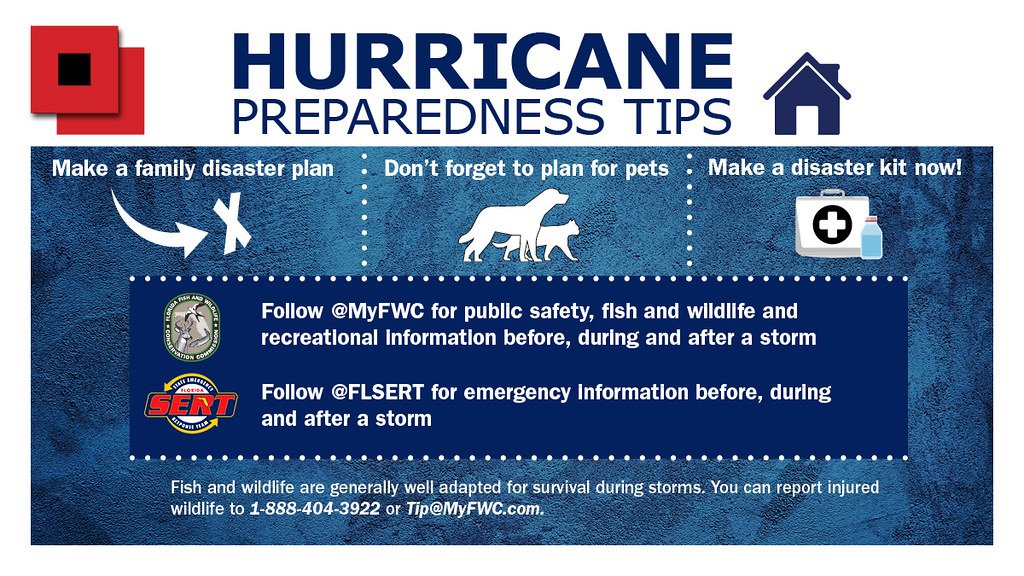Now Reading: The Best Emergency Food Supplies for Long-Term Storage
-
01
The Best Emergency Food Supplies for Long-Term Storage

The Best Emergency Food Supplies for Long-Term Storage
Whether you find yourself caught in the midst of a natural disaster, enduring a power outage that extends for days, or simply seeking peace of mind for the uncertain future, having a reliable stockpile of emergency food supplies is an essential component of preparedness. When it comes to long-term storage, however, not all provisions are created equal. In this article, we delve into the realm of exceptional sustenance, exploring the crème de la crème of emergency food supplies that will keep you well-nourished and sustained when the chips are down. So, bid farewell to bland and uninspiring rations, and prepare to discover the very best options for your survival pantry.
Table of Contents
- The Essential Guide to Long-Term Emergency Food Supplies
- Choosing the Right Foods for Long-Term Storage: Key Considerations
- Top Recommendations for Emergency Food Supplies with Extended Shelf Life
- Packing Your Emergency Food Supply Kit: Tips and Strategies for Optimal Storage
- Navigating Dietary Restrictions: Best Options for Specialized Diets
- Q&A
- Insights and Conclusions

The Essential Guide to Long-Term Emergency Food Supplies
In times of uncertainty and unforeseen circumstances, having a reliable and well-stocked emergency food supply becomes an essential part of preparedness. Whether you are facing natural disasters, a global crisis, or simply planning for the unexpected, being self-sufficient with long-term food supplies ensures your peace of mind and the well-being of your loved ones.
When building your emergency food supply, there are several key factors to consider:
- Diversity: Aim for a variety of non-perishable food items, including canned goods, dried fruits, nuts, grains, and seeds. This way, you can maintain a balanced diet even in challenging circumstances.
- Caloric Value: Focus on high-calorie foods that provide energy and sustenance. Items like protein bars, peanut butter, and instant soups can help meet nutritional needs when resources are limited.
- Storage: Properly store your emergency food supply in a cool, dry place away from direct sunlight. Check expiration dates regularly and rotate your stock as needed to ensure freshness.
- Water Supply: Remember to include enough water for drinking, cooking, and sanitation purposes. Aim for at least one gallon per person per day, and consider investing in water purification methods for additional safety.
Remember, emergency food supplies are not just for extraordinary circumstances but can also be useful in everyday situations, such as power outages or financial hardships. By creating a robust and thoughtfully prepared long-term food supply, you can face challenges head-on, knowing that you and your family are well-prepared.

Choosing the Right Foods for Long-Term Storage: Key Considerations
When it comes to preparing for unexpected events or emergencies, having a stockpile of long-lasting food is essential. However, not all foods are suitable for long-term storage. Here are some key considerations to keep in mind when choosing the right foods:
1. Shelf life: Opt for foods with a long shelf life. Look for items that can last for several years without spoiling or losing their nutritional value. Canned goods, dehydrated fruits and vegetables, and dry staples like rice, pasta, and beans are excellent choices.
2. Nutritional value: Ensure that the foods you select provide the necessary nutrients for a balanced diet. Include a variety of food groups such as proteins, carbohydrates, fats, and vitamins. Consider items like canned fish, whole grains, dried fruits, and powdered milk to fulfill these nutritional requirements.
3. Storage conditions: Take into account the environment in which you plan to store your long-term food supply. Some foods may require specific conditions such as a cool and dry place or refrigeration. Pay attention to the storage instructions on food packaging to maintain their quality and longevity.
4. Personal preferences: Don’t forget to consider the tastes and preferences of your household members. Choose foods that your family enjoys and will be willing to consume during challenging times. This will help maintain morale and avoid unnecessary food waste.
By considering these key factors, you can confidently choose the right foods for long-term storage. Remember to regularly rotate your stockpile and check expiration dates to ensure the freshness and safety of your stored food items.

Top Recommendations for Emergency Food Supplies with Extended Shelf Life
When it comes to emergency situations, it’s crucial to have reliable food supplies with extended shelf life that can sustain you and your loved ones. Here are our top recommendations:
- Canned Goods: Canned foods are a staple for emergency situations. Opt for a variety of vegetables, fruits, and proteins like tuna or chicken. These items usually have a long shelf life and can provide essential nutrients.
- Dried Foods: Stock up on dried foods such as rice, pasta, and beans. These items are lightweight, easy to store, and have a much longer shelf life than their fresh counterparts. Make sure to store them in airtight containers to maintain freshness.
- Dehydrated Meals: Consider adding dehydrated meals to your emergency food supply. These meals are often pre-packaged and require minimal preparation. They have a long shelf life and can provide a convenient and nutritious option during challenging times.
- Granola Bars and Nut Mixes: Don’t forget about portable snacks that can provide a quick energy boost. Granola bars and nut mixes are perfect for on-the-go situations and typically have a longer shelf life.
- MREs: Meals Ready-to-Eat (MREs) are commonly used by the military and can be an excellent addition to your emergency food supplies. They are lightweight, calorically dense, and can be consumed without the need for cooking or much preparation.
Remember to monitor expiration dates regularly and rotate your emergency food supplies to ensure the freshest options. Properly stored supplies can vary in shelf life, so always check the packaging for specific guidelines. Being prepared with these top recommendations will help you stay nourished during any unexpected situation.
Packing Your Emergency Food Supply Kit: Tips and Strategies for Optimal Storage
When it comes to preparing for unforeseen emergencies, having a well-stocked food supply kit is crucial. But it’s not just about having enough food; it’s also about storing it properly to ensure its freshness and longevity. Here are some tips and strategies to help you pack your emergency food supply kit like a pro:
- Choose the right containers: Selecting the appropriate containers is essential for preserving the quality of your emergency food. Opt for airtight, BPA-free containers that can withstand extreme temperatures. Mason jars, mylar bags, and food-grade plastic buckets are all excellent options.
- Keep it organized: Label each container with its contents and expiration date using waterproof markers. This simple step will save you time and prevent confusion during emergencies.
- Rotate your stock: Regularly check your emergency food supply kit for expired items and replace them as needed. Implementing a ”first in, first out” system will ensure that you’re always consuming the oldest food first, preventing waste.
- Avoid exposure to light and heat: Store your emergency food supply in a cool, dry place away from direct sunlight. Excessive heat and light can cause food to spoil or lose its nutritional value.
- Include a variety of foods: Aim for a diverse selection of non-perishable items, including canned goods, dried fruits and vegetables, nuts, protein bars, and dehydrated meals. This variety will provide you with essential nutrients and help avoid taste fatigue during an emergency.
By following these tips and strategies, you’ll ensure that your emergency food supply kit remains fresh, organized, and ready to sustain you and your loved ones during challenging times. Remember, preparedness is key!
Navigating Dietary Restrictions: Best Options for Specialized Diets
In a world where dietary restrictions are becoming more common, it’s essential to find the best options for specialized diets. Whether you’re following a gluten-free, vegan, or low-carb diet, there are plenty of delicious and nutritious alternatives available to satisfy your cravings.
When it comes to gluten-free diets, it’s crucial to read labels and opt for naturally gluten-free foods like fruits, vegetables, lean proteins, and whole grains such as quinoa and buckwheat. Additionally, choose gluten-free alternatives like almond or coconut flour for baking, and try gluten-free pasta made from rice or corn.
For those following a vegan diet, the options are vast and exciting. Embrace the goodness of plant-based proteins such as tofu, tempeh, lentils, and chickpeas. Incorporate a rainbow of fruits and vegetables into your meals, and don’t forget about healthy fats like avocados and nuts. Be adventurous and explore the world of nut-based milks, such as almond or cashew milk, as well as dairy-free spreads and cheeses made from soy or coconut.
Meanwhile, if you’re on a low-carb diet, focus on foods that are high in healthy fats and protein. Include sources such as fatty fish, eggs, lean meats, and nuts into your meals. Opt for satisfying and fiber-rich vegetables like broccoli, kale, and spinach, and consider using low-carb alternatives to high-carb staples, such as cauliflower rice instead of regular rice or lettuce wraps instead of tortillas.
Remember, it’s always a good idea to consult with a registered dietitian or healthcare professional when embarking on a specialized diet. They can provide personalized guidance and ensure you’re receiving all the necessary nutrients for optimal health. By navigating dietary restrictions with creativity and openness, you’ll discover a world of exciting flavors and possibilities that cater to your specific dietary needs.
Q&A
What is the best emergency food supply for long-term storage?
The best emergency food supply for long-term storage would be freeze-dried meals or dehydrated food. These products have a longer shelf life and retain their nutritional value for extended periods.
How long can these food supplies last?
Most freeze-dried or dehydrated food supplies can last anywhere from 15 to 25 years when stored properly. However, it is crucial to check the expiration dates on the packaging and rotate your stock regularly to ensure freshness.
What are the advantages of freeze-dried meals?
Freeze-dried meals have several advantages, including their lightweight nature, easy preparation, and extended shelf life. They retain most of their original flavor and nutritional content, making them a convenient solution for emergency situations.
Can I store canned food for emergencies?
Canned food can be a good option, but it typically has a shorter shelf life compared to freeze-dried or dehydrated meals. It is important to regularly check for signs of damage or rust on the cans and consume them within their expiry dates.
Are there any dietary restrictions while choosing emergency food supplies?
Yes, it is crucial to consider dietary restrictions when selecting emergency food supplies. Many brands offer options suitable for vegetarians, gluten-free diets, or specialized diets. Make sure to read the labels and choose supplies that align with your dietary needs.
What factors should I consider when storing emergency food supplies?
To ensure the longevity of your emergency food supplies, consider factors like temperature, humidity, and proper packaging. Store them in a cool, dry place away from direct sunlight, and use airtight containers or Mylar bags for additional protection.
Is it necessary to have a variety of emergency food supplies?
Having a variety of emergency food supplies is highly recommended. It helps prevent taste fatigue and provides a balanced nutritional intake. Include a mix of freeze-dried meals, dehydrated fruits and vegetables, grains, and protein sources to maintain a well-rounded diet during emergencies.
How should I rotate my emergency food supplies?
To rotate your emergency food supplies properly, follow the principle of “first in, first out” (FIFO). Use the oldest supplies first and restock with new ones to maintain freshness. Regularly check the expiration dates and replace any expired items in your stockpile.
Are there any special considerations for storing baby food or infant formula?
Yes, baby food or infant formula has specific storage requirements. Keep them in a cool, dry place and away from direct sunlight. Ensure that the products are sealed properly and discard any expired items promptly to guarantee the safety and health of your baby.
Insights and Conclusions
As we conclude our exploration into the world of emergency food supplies for long-term storage, we hope this article has provided you with valuable insights and possibilities for building your own survival pantry. Stocking up on the best provisions for unforeseen circumstances not only offers a sense of security but also ensures you are prepared to navigate through uncertain times with a calm and composed mind.
Remember, the key to effective emergency planning lies in selecting food supplies that combine nutritional value, extended shelf life, and, of course, your palate preferences. Whether you opt for delectable freeze-dried fruits, hearty canned goods, or nutrient-packed energy bars, your journey towards self-sufficiency starts with the click of a button or a stroll down the grocery store aisles.
However, we must emphasize that building an emergency food supply is not a task to be taken lightly. Regular rotation and proper storage are crucial to maintain the integrity of the provisions and ensure their freshness. Stay vigilant and periodically check for expiration dates, reseal packages diligently, and protect your supplies from extreme temperatures to maximize their longevity.
Additionally, integrating your emergency food stockpile into your daily life can be an opportunity for adventure, experimentation, and creativity. Use this collection of provisions to explore new recipes, discover alternative cooking methods, and perhaps even awaken a dormant culinary genius within. Who knows, your emergency food supply could uplift your taste buds and inspire you to create gastronomic wonders even in times of tranquility.
In conclusion, as we look towards an uncertain future, a well-prepared emergency food supply can be our ally, assuring us that no matter what life throws our way, we will not face it on an empty stomach. So, embark on this journey of preparedness, armed with information, an adventurous spirit, and the best possible food supplies for long-term storage. Stay safe, stay prepared, and remember, peace of mind starts with a full pantry.
As an affiliate, my content may feature links to products I personally use and recommend. By taking action, like subscribing or making a purchase, you’ll be supporting my work and fueling my taco cravings at the same time. Win-win, right?
Want to read more? Check out our Affiliate Disclosure page.





